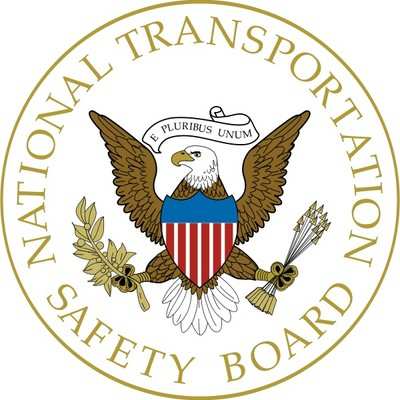Controller Instructed The Pilot To Remain Northwest Of The Bay Bridge And To Remain Clear Of Class B Airspace
Location: Sausalito, CA Accident Number: WPR22FA172
Date & Time: May 6, 2022, 12:10 Local Registration: N54MG
Aircraft: Vans RV10 Injuries: 2 Fatal
Flight Conducted Under: Part 91: General aviation - Personal

On May 6, 2022, about 1210 Pacific daylight time, an experimental amateur-built Vans RV-10, N54MG, was substantially damaged when it was involved in an accident near Sausalito, California. The pilot and passenger were fatally injured. The airplane was operated as a Title 14 Code of Federal Regulations Part 91 personal flight.
According to preliminary track data obtained from a commercially available third-party source, the airplane departed Sacramento Executive Airport, Sacramento, California about 1129 and transitioned into a climb on a southwest heading. The airplane leveled off about 5,500 ft mean sea level (msl) approximately 6 minutes later. The airplane turned south about 12 minutes later and subsequently entered a descent as it flew along San Pablo Bay towards San Francisco Bay. Preliminary air traffic control (ATC) audio recordings from the Federal Aviation Administration revealed that the pilot made radio contact with ATC at 1152 and requested a “Bay Tour” while enroute to his destination of Half Moon Bay, California. The controller instructed the pilot to remain northwest of the Bay Bridge and to remain clear of Class B airspace. He then advised the pilot to notify him when they had obtained local weather for his destination airport. The airplane descended to about 1,300 ft msl after it had
reached San Francisco Bay and then began a climb a few seconds later.
At 1158 the airplane started a 360° right turn around Alcatraz Island and then resumed a southerly heading for about 1 minute before making a left turn to the north, over Treasure Island. At 1202 the airplane turned southwest after it climbed to about 2,400 ft msl and then began a descent. The airplane approached the north tower of the Golden Gate Bridge about 1205 at which time the pilot contacted ATC to request the transition route to his destination airport and the controller instructed him to remain outside of Class B airspace. The pilot then made another request for the transition route and the controller issued the same instructions. During the next 5 minutes, the airplane made a series of turns at various altitudes below 2,100 ft msl near the north end of the Golden Gate Bridge. The track ceased at 1209:41, about 1,700 ft south of the accident site at approximately 850 ft msl.
Two witnesses were located about 0.6 nm east of the accident site around the time of the accident. They both reported that visibility was low and the fog layer was thick; one witness stated that she could not see the top of the north tower of the Golden Gate Bridge. According to the Golden Gate Bridge Highway and Transportation District, the Golden Gate Bridge towers extend 746 ft above the water. The north tower of the Golden Gate Bridge was located about 0.8 nm southeast of the accident site.
The airplane wreckage was discovered by United States Park Rangers at 1403 on the southwest side of a hill in the Marin Headlands at a field elevation of about 800 ft msl. The airplane came to rest in a nose down attitude on an eastern heading. All major structural components of the airplane were accounted for at the accident site. The first point of impact (FPI) was marked by a depression about 15 ft southwest of the main wreckage. A debris path comprised of engine cowling and plexiglass fragments, was traced from the FPI to the main wreckage.
 Airborne 07.21.25: Nighthawk!, Hartzell Expands, Deltahawk 350HP!
Airborne 07.21.25: Nighthawk!, Hartzell Expands, Deltahawk 350HP! ANN's Daily Aero-Term (07.27.25): Estimated (EST)
ANN's Daily Aero-Term (07.27.25): Estimated (EST) ANN's Daily Aero-Linx (07.27.25)
ANN's Daily Aero-Linx (07.27.25) NTSB Final Report: Luce Buttercup
NTSB Final Report: Luce Buttercup Classic Aero-TV: 'That's All Brother'-Restoring a True Piece of Military History
Classic Aero-TV: 'That's All Brother'-Restoring a True Piece of Military History



